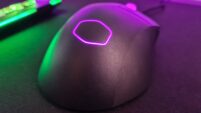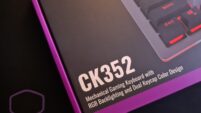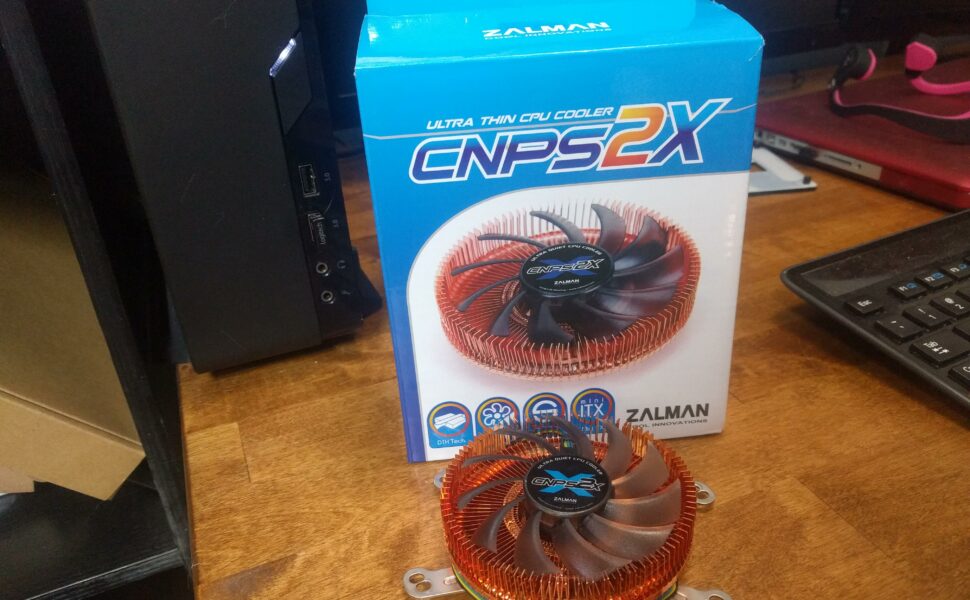
Zalman released the CNPS2X back in July 2013, however, they now have an AM4 bracket for it thus expanding its capabilities! That also means this is the perfect time to revisit my tiny machine. If you don’t recall, back in March of 2017, I built a rig with the intention of having an HTPC capable of gaming that could double as a grab and go stream/game pc for events.
The idea was ‘it has to be small and powerful’, which means small and hot generally. The original build used a Noctua HN-L9A, a 65w TDP cooler. My goal this time was to increase the cooling potential while keeping the low volume case, which means limited CPU cooler choices. When I saw that the Zalman CNPS2X, a 120w TDP cooler, had an AM4 adapter kit.
I thought it would be a shoo-in for the job.
In the Box
The first thing you’ll notice out of the box is that it is ‘no frills’. While the box itself has a blue and white color scheme and perhaps a bit heavy on its words, but you are not buying this for the box. Inside, a clear plastic tray holds a couple of mounting brackets, a few screws, a pouch of thermal compound (enough for about 3 applications) and of course the small copper cooler.
The cooler is a throwback to the late 90’s CPU coolers, solid copper (color), circular, and a smokey translucent fan. The cooler being circular is nice in the fact that you don’t have to worry as much about exhaust direction. That is to say on square-ish coolers the fins are stacked in such a way that air travels wither north-south or east-west (as you look down on it), whereas this exhausts air 360 degrees around. So you don’t have to worry about VRMs or other motherboard components creating any sort of real airflow obstructions. The base of the cooler seems a little small, but we’ll get to that later.
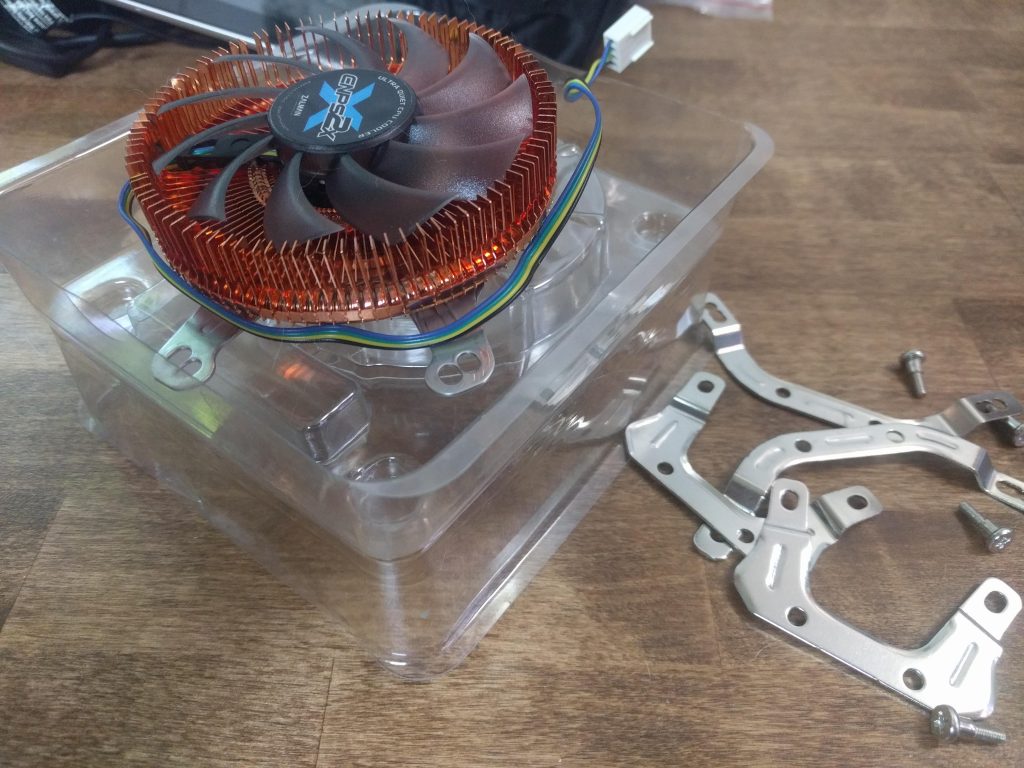
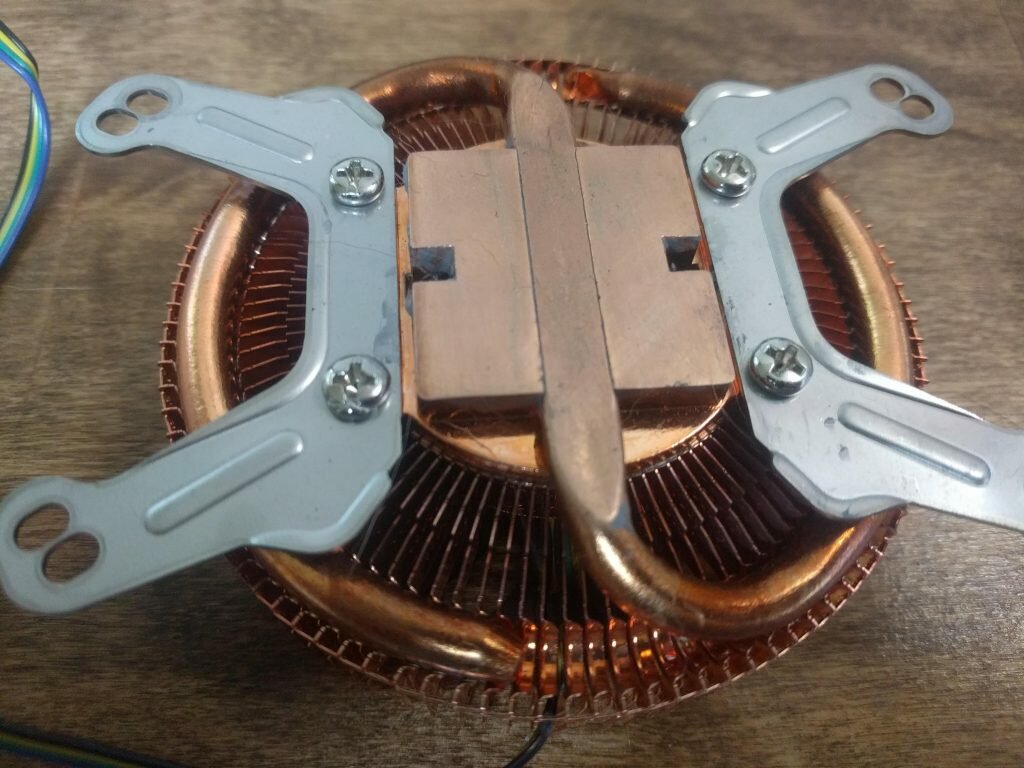
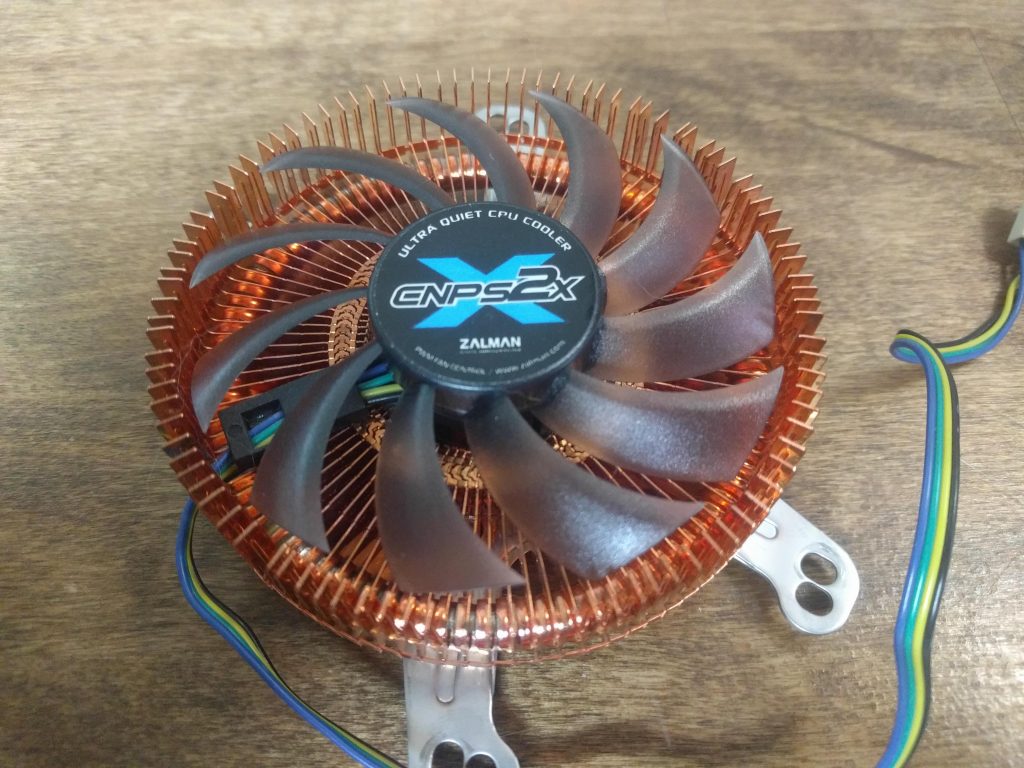
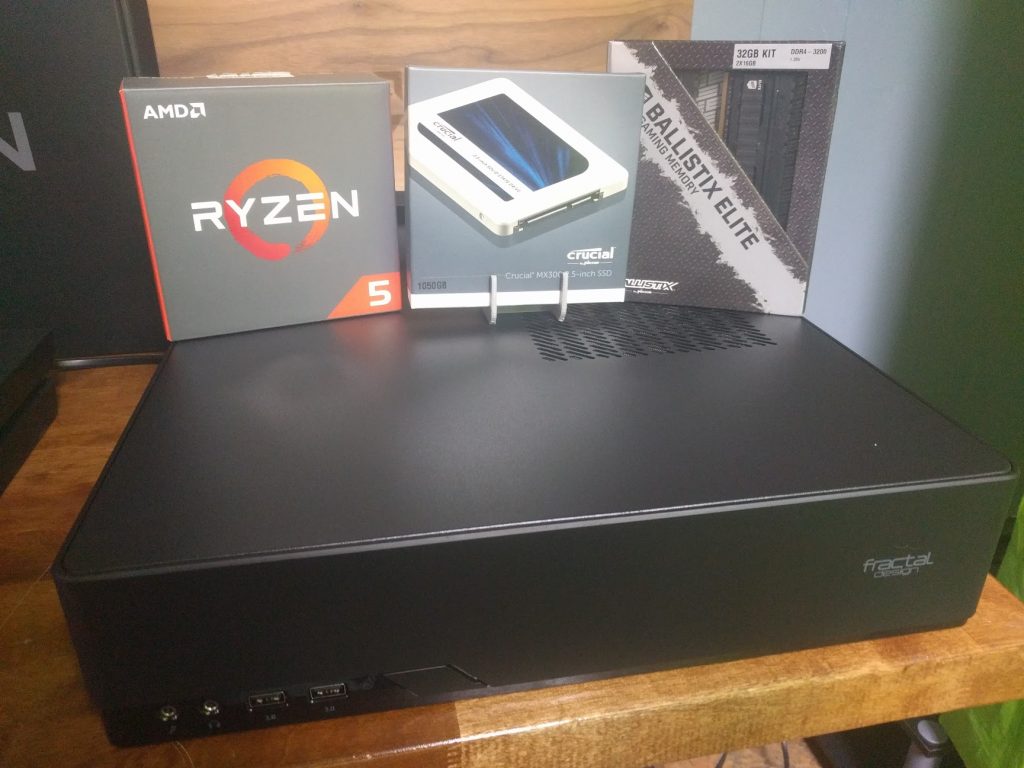
Test System and Methodology
The test system:
- CPU: Ryzen 5 1600x
- GPU: Radeon RX 560
- RAM: Geil Evo X (16GB)
- SSD: Crucial MX300 (1TB)
- CASE: Fractal Design Node 202
I decided to test it out and use AIDA64 as my bench test of choice. To create a nice heat box, I also made sure to have a load on the GPU and Memory.
The base for my comparison, the Noctua held 74C after 60 minutes. I ran this test 6 times, allowing the system to return to the rooms ambient temperature of 68F (21C). For each test, the Noctua held at 72C. Now having a good base test, I dismantled and cleaned the CPU and cooler to remove the thermal compound.
Time to test out the Zalman. I applied Arctic Silver (the same compound used on the Noctua) to the Zalman. To my surprise the Zalman having nearly double the theoretical cooling capacity performed worse, reaching 82C. Thinking there had to be something wrong with the seating I dismantled and inspected, the spread looked fine. So I cleaned and applied the new thermal compound to try again. Same results, time after time. I switched to the included thermal compound in the CNPS2X box and found worse results yet at 82C.
It’s all theoretical
My theory is that since the Zalman cooler’s base only covers some 60 – 70% of the Ryzen 5 1600X’s IHS it provides less cooling. Whereas the Noctua had full coverage, it [CNPS2X] could not pull the heat away fast enough. I really wanted to reduce heat, though and at this point, I had run out of the thermal compound, so I decided to put up some liquid metal by way of Thermal Grizzly Conductonaut (WARNING DO NOT USE ON ALUMINIUM). This helped immensely, running the same tests, the Zalman CNPS2X now ran at 72C, which was 2C lower than the L9A, and 10C cooler than the previous tests of the CNPS2X both using Arctic Silver. In the spirit of fairness, I decided to try the Conductonaut on the Noctua L9A and saw a similar 11C drop in thermals coming in at a mere 63C over the course of my testing.
A cooler’s primary function is, well, to cool, I wanted to mention the noise. Noctua is renowned for their fans acoustic performance the Zalman wasn’t far off the mark. While I don’t have any scientific equipment to get precise decibel readings. The Zalman only felt a hair louder under load and had a little bit of a whine. At idle, however, they were nearly indistinguishable. Let’s talk money, the Noctua [$39.99] is about 10$ more the Zalman both require an additional AM4 kit, though it seems you can buy an updated Noctua with the AM4 bracket included for the price, whereas you’ll have to hunt for the AM4 bracket for the Zalman.
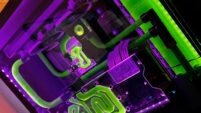
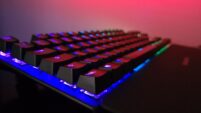
![[Review] Logitech G502 Lightspeed: Any Good for Gaming? 20210322 170539](https://performancepsu.com/wp-content/uploads/2021/03/20210322_170539-201x113.jpg)

